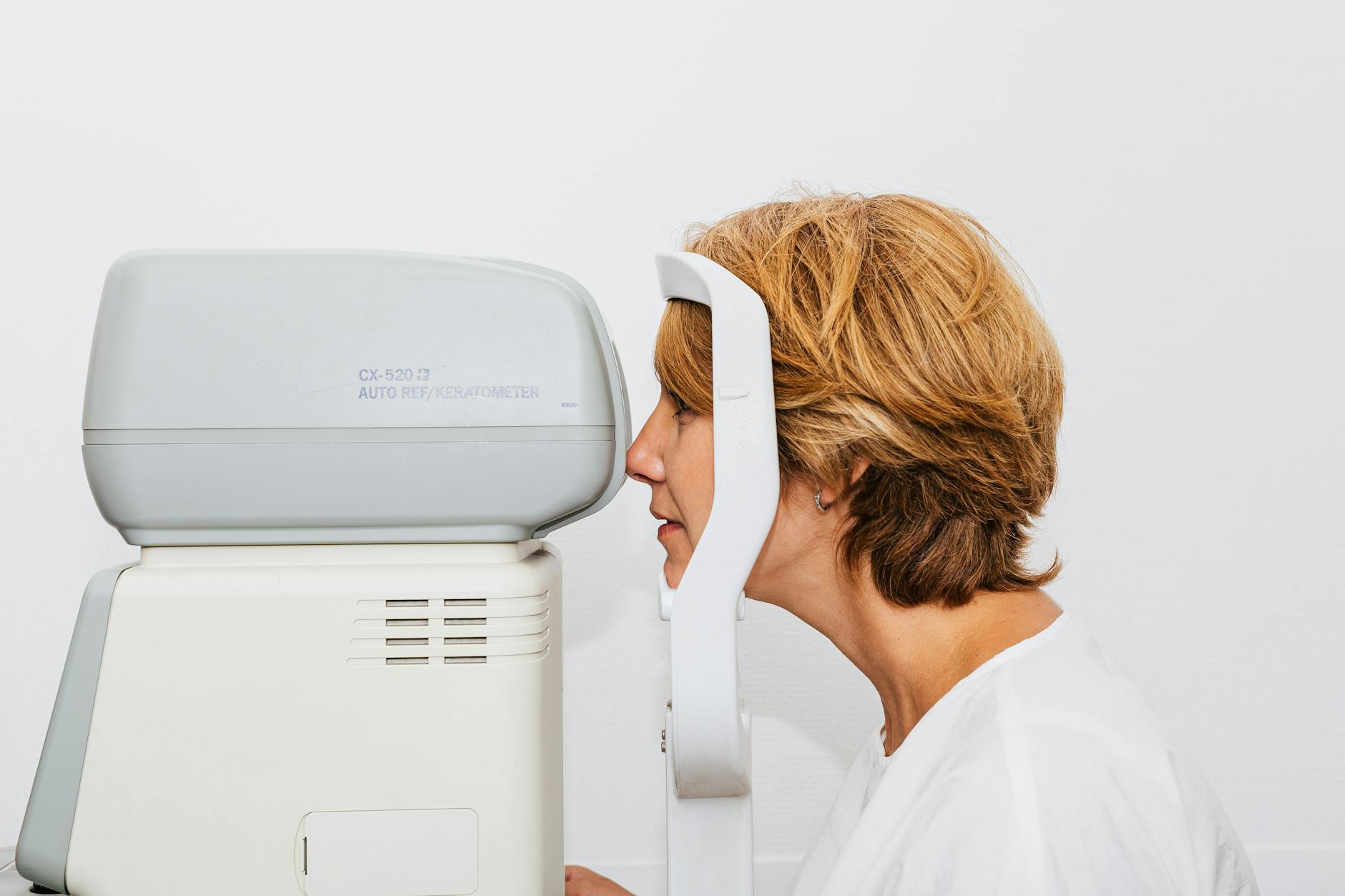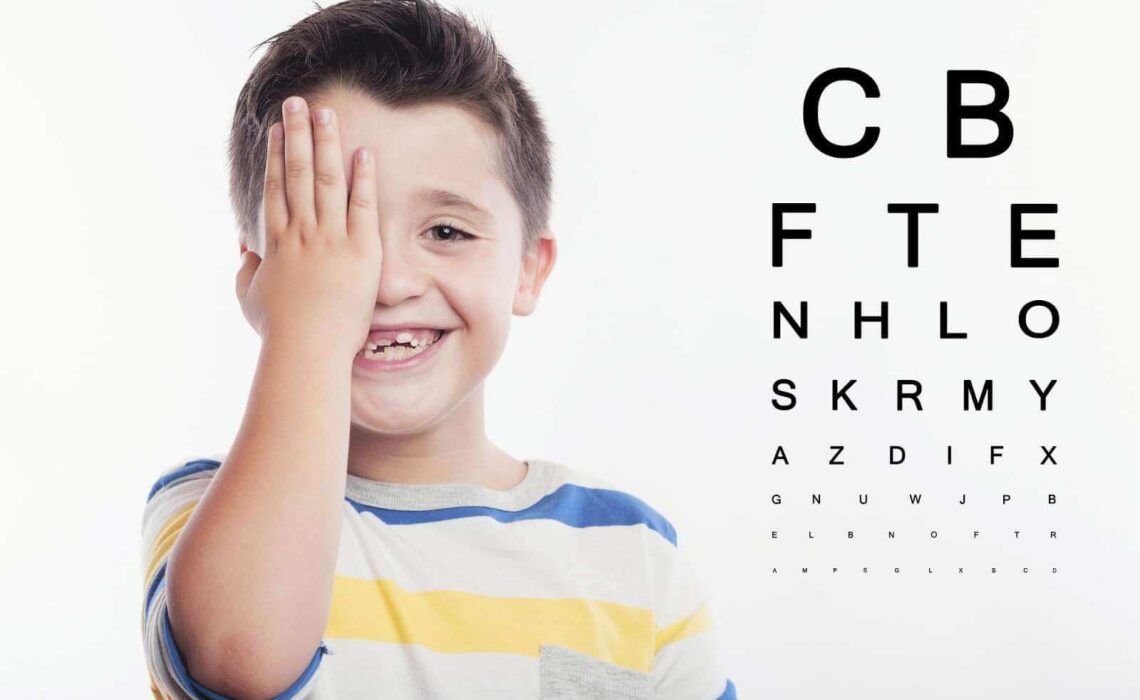Have you noticed that your child is squinting at faraway objects or holding books oddly close or far from their face? Do they run into objects like they didn’t even notice they were there or fail to recognize people from a distance? It could be a simple case of near- or far-sightedness, but it could also be something more.
Most genetic eye diseases wait until adulthood to appear. However, some begin to leave their mark in early childhood or the teen years. If you’re wondering whether your child inherited a vision problem, read on for an overview of pediatric eye conditions and their signs.
Common Eye Problems
Most visits to a pediatric optometrist happen because the child complains of blurry vision. Reasons for this include hyperopia (far-sightedness), myopia (near-sightedness), and astigmatism. Much of the time, a pair of glasses or contacts will correct these problems completely.
Other common childhood vision problems include strabismus (crossed eyes) and amblyopia (lazy eye). These do have a genetic component but can have environmental causes as well. They’re treatable with eye patches, vision training, or surgical intervention.
If you notice the signs of these common eye disorders, the best thing to do is look locally for a pediatric optometrist. They’ll examine your child’s eyes to make sure they don’t have symptoms of a more serious condition.
Color Blindness
Does your child have trouble differentiating colors from each other? If so, they might have reduced color vision due to a problem with ocular structures called cones.
Red-green color blindness, the most common form, is a recessive x-linked trait. This means it’s most often passed down from mother to son, as boys only have one x-chromosome. Estimates suggest that up to 10% of men suffer from some degree of red-green color blindness.
Other rare forms of partial and total color blindness follow different genetic pathways. As of now, there’s no medical treatment for genetic color blindness. Glasses with specialized lenses can simulate color vision in some cases.
Genetic Retinal Conditions
Does your child seem to be having vision problems beyond blurriness or altered color? If that’s the case, their optometrist might start checking for retinal conditions.
This part of the eye senses light that enters through the pupil and sends visual input to the brain. Genetic retinal problems can cause significant vision loss, but early treatment can help prevent it. Some children’s eye diseases of the retina include:
- Retinitis pigmentosa: a group of rare disorders that cause damage to and loss of retinal cells, leading to difficulty with night vision, decreased peripheral vision, and total blindness
- Retinoblastoma: a cancer of the retina that primarily affects children
- Congenital retina malformations: defects in retinal or optic nerve structure present from birth
- Sickle cell anemia: a malformation of red blood cells that can damage the sensitive capillaries of the retina
Signs your child might have a retinal condition include nystagmus (shaking eyes), light sensitivity, visual floaters, and sudden vision loss.
Keeping a Lookout for Genetic Eye Diseases

Many of these genetic eye diseases are completely treatable if they’re caught early. If you think your child is struggling with their vision, take them to an optometrist for a checkup as soon as you can. This small step could help improve and preserve their sight for the rest of their life.
Looking for more advice on your family’s health and wellbeing? If so, make sure to read through the other articles on our site.
- How To Create A Safe And Comfortable Home Environment For In-Home Care In Boca Raton? - July 16, 2024
- 10 Trendy Black Nail Ideas To Elevate Your Nail Game - May 6, 2024
- Getting A Free Divorce In Virginia? Here’s What To Expect - April 24, 2024





No Comments